
The Stakes of the Mobile (4:7a-c) Grassmann III: The Body in the Diagram
In Section 7 of Châtelet's chapter on Grassmann, orientation is no longer a sticker, or "right-hand rule" we slap on afterwards; it lives inside the antisymmetric sign of the product, folded around the very body we imagine lying on one edge to see the next dimension appear. In this moment mathematics stops stacking inert lengths and starts wedging and multiplying the ‘living forces’ Naturphilosophie had only talked about, climbing an intensive/extensive ladder that addition alone could never build. And it does so by way of some strange virtual body at the heart of diagrammatic space...
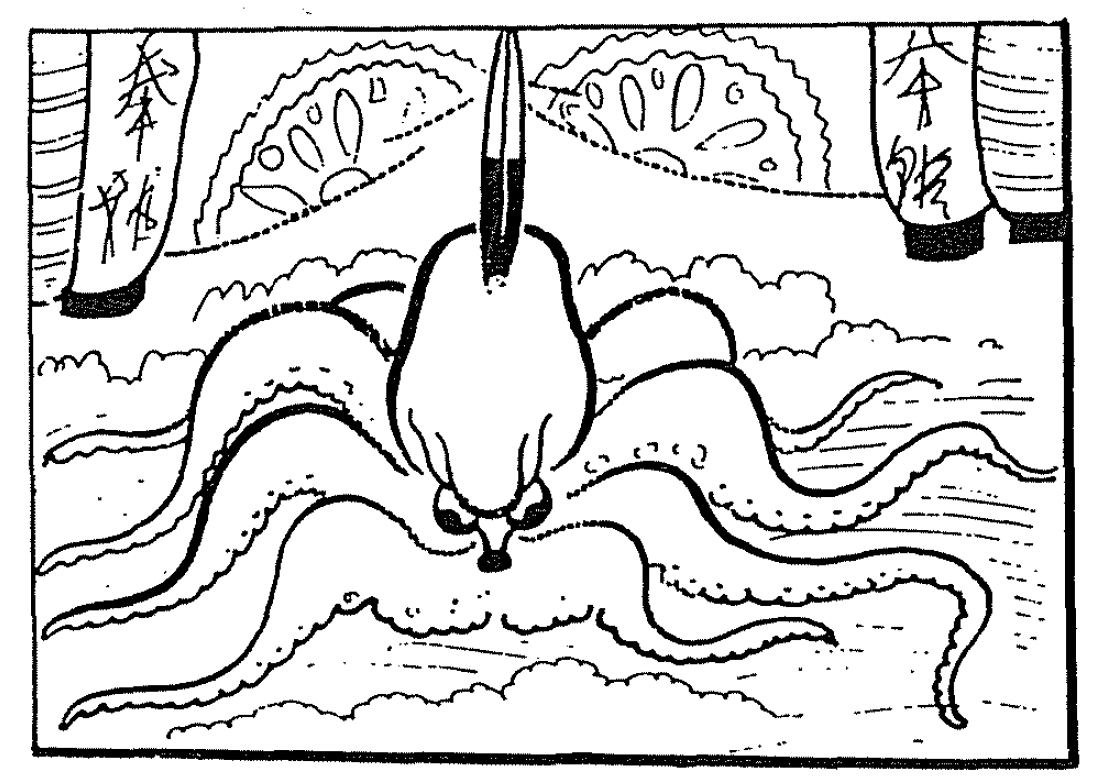
Leroi-Gourhan's "Introduction to a Paleontology of Symbols" or Can Art Save Us From AI?
Chapter 10 marks a turning point in Gesture and Speech, where Leroi-Gourhan shifts from tracing the broad universal forms of human evolution to asking where art, and the possibility of individual expression, fit within a system increasingly dominated by externalized function. As memory, gesture, and even decision-making migrate into machines, what, if anything, remains of the human beyond artificial intelligence?

The Stakes of the Mobile (4:5-6) Grassmann II: From Mere Stumps to Arrows, Mobile Points, and the Zero Point Vortex
Grassmann’s arrow—once just a mathematical mark—suddenly reveals itself as a philosophical force. From the “mobile point” to the zero point-vortex, we’re no longer stacking segments but generating space through gesture. What’s uncanny is how closely this aligns with Paul Klee’s cosmic egg, or even Kristeva’s rhythmic womb: all three are rethinking how form arises from force. Behind it all looms Naturphilosophie (Goethe, Schelling, the generative seed, polarity...) recast through mathematics, drawing, and language. And with Châtelet guiding us back to Grassmann’s 1844 Ausdehnungslehre, we begin to see these diagrams not as tools to represent space, but as pedagogical machines that create it.
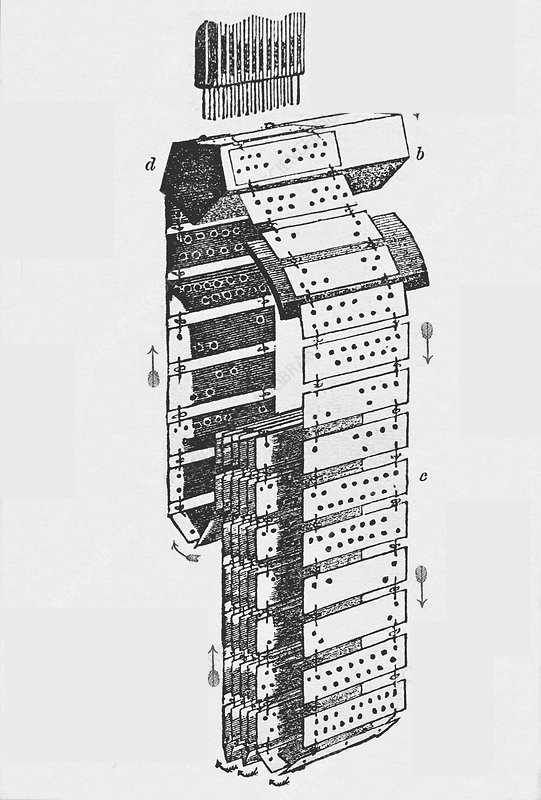
“The Expanding Memory”: Thomas the Tank Engine and AI
In this post, we explore Chapter 9 of Leroi-Gourhan’s Gesture and Speech, where the evolution of memory, (from oral tradition to punch cards and digital systems,) reveals how technics reorganize not just thought, but the conditions of thinking itself. Through an unexpected detour into trains and Thomas the Tank Engine, we wrestle with how systems of control, morality, and computation intersect. And of course, Leroi-Gourhan was already, in 1964, bringing all of this to bear on the question of AI.
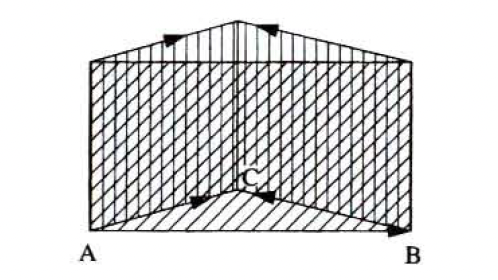
The Stakes of the Mobile (4:1–4): Grassmann’s Gestures of Space Itself
Chapter Four, “Grassmann’s Capture of the Extension: Geometry and Dialectic,” of Châtelet’s Figuring Space, is less a capture and more a kind of folding and unfolding of gesture so that space itself recovers its mobility.Grassmann’s insight is to show how not only do gestures not take place within a predetermined space, but through their cascading effects generate different spaces themselves.
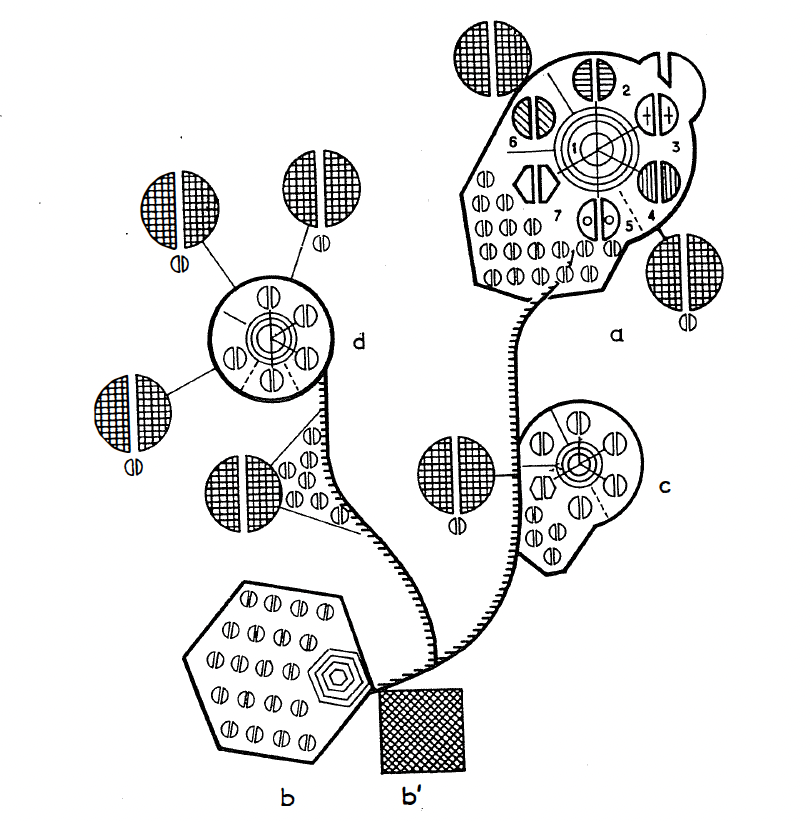
"Gesture and Program": On self-obsolescence
Once the primary instrument of our humanization, is the hand's fate to become obsolete? Or, to state it in Agamben's still more dramatic fashion, are we losing our gestures altogether?
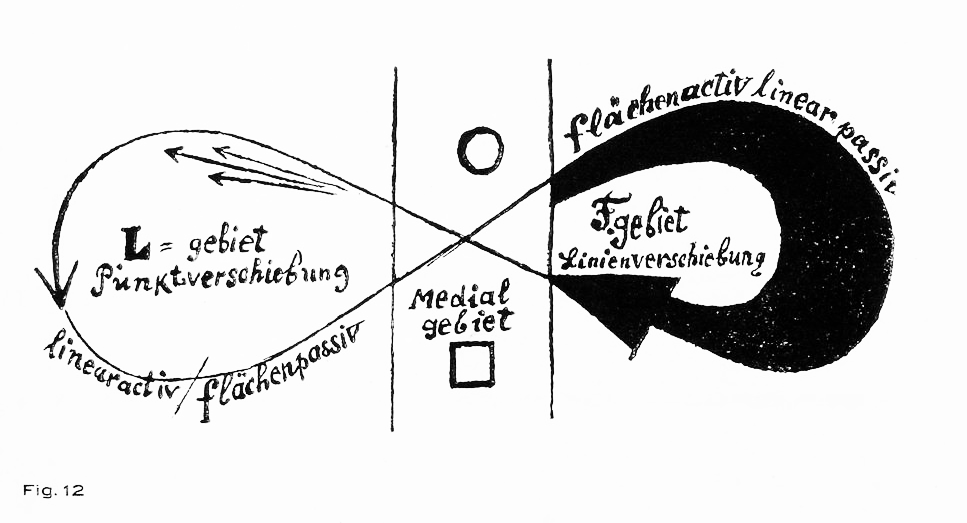
Stay in the loop!
Thank you for subscribing!
Have a great day!